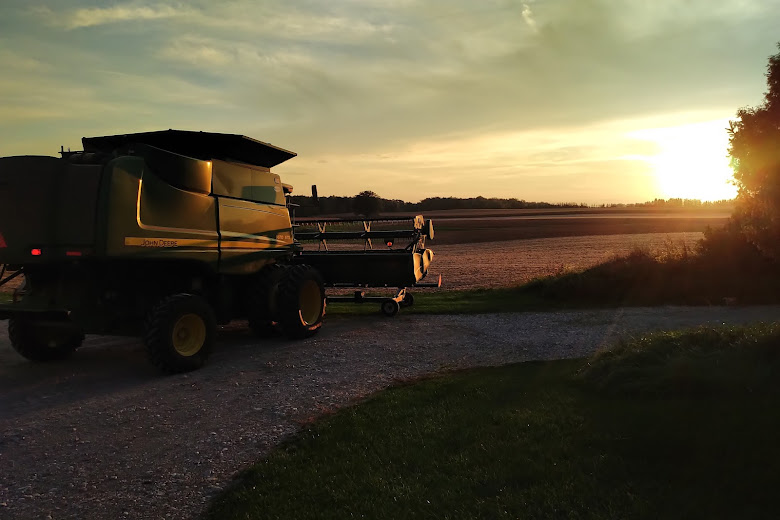The
Municipal Property Assessment Corporation (“MPAC”) is tasked with assessing the
value of land in Ontario for the purpose of municipal property taxation. The Assessment
Act, the legislation that governs the process, provides that the assessment
of land is to be based on its current value.
Current value means, in relation to land, “the amount of money the fee
simple, if unencumbered, would sell for in an arm’s length transaction between
a willing seller and a willing buyer.” Where
an assessed owner disputes the valuation made by MPAC, the owner may appeal the
assessment to the Assessment Review Board (“ARB”) and request that the assessed
value be adjusted. In an appeal to the
ARB, MPAC has the burden to prove the correctness of its assessment of current
value.
The
ARB recently issued three appeal decisions involving three separate rural
properties owned by the same owner. One
property was roughly 165 acres in size, classified as farmland without any
buildings, and comprising about 129 acres of Class 6 farmland (rocky bush land
and swamp/marsh land) and 36 acres of “Class 4 overgrown ‘pasture’ land”. The second property was a 160-farm with
outbuildings, comprising about 141 acres of Class 6 farmland (rocky bush land
and swamp/marsh land), just under 8 acres of Class 4 “pasture”, and 11 acres of
Class 2 farmland. The third property
measured just over 7 acres and was classified as a farm residence with farm
outbuildings. MPAC had assessed the
value of the 165-acre parcel at $31,500 for the 2017 taxation year and $47,000
for the 2018 taxation year. MPAC
assessed the value of the 160-acre farm at $32,000 for 2017 and $54,000 for
2018. The smaller farm residential
parcel was valued at $148,000 for 2017 and $175,000 for 2018.
The
owner of the three properties appealed the MPAC assessments in all three cases
on the basis that the values were not representative of the “true,
significantly lower, value that would be more appropriate”. And, in all three cases, it appears that the
owner did not put forward his own proposed current value for the lands; rather,
he challenged the correctness of the MPAC valuations, which had resulted in
significant increases in the assessed values over a span of only three
years. The owner did not believe the
increased assessments were fair or supported by evidence.
In
each appeal, evidence was given on behalf of MPAC by the Property Valuation
Analyst who had reviewed the properties and determined the assessed value for
MPAC. In valuing farmland, MPAC uses the
“cost approach”, which assesses the value of any improvements to the land, and
then adds that value to the bare land value that is derived by comparing the
land in question with other farms in the neighbourhood. For the 165-acre and 160-acre parcels, MPAC
had assigned specific per acre values to the Class 6 land, the Class 4 land,
and the Class 2 land. MPAC then checked
those values by comparing the two parcels with other vacant and improved lands
sold in the vicinity between 2008 and 2016 (parcels ranging in size from about
62 acres to 157 acres). Historical sale
prices were adjusted based on trends to provide current 2016 values for the
comparison.
For
the smaller farm residential parcel, MPAC also used the cost approach. MPAC valued buildings on the property (a
house and some outbuildings) at replacement cost, and then reduced those values
for depreciation. MPAC then added in
values for bare land based again on specific per acre values for Class 4 and
Class 6 farmland. The resulting value
for the property was checked for accuracy against the sales of four comparable
properties in the neighbourhood – the same four comparables used in the
assessment of the larger 165-acre and 160-acre parcels.
Where
MPAC’s assessment of current value is appealed, MPAC “must not only estimate a
current value but must present evidence clarifying how that value was arrived
at and why it is right.” In all three
appeals, the ARB came to the same conclusion about MPAC’s valuation – “there is no clear path from the four
selected comparable farm properties and the value given the Subject Property.” The ARB noted that: “There were different
values given for different types of farmland, which is to be expected, but not
when those values are inconsistent within the same soil classification without
explanation.” The ARB also noted, in
connection with the farm residential parcel, that the comparable sales involved
much larger properties. MPAC had failed
to prove on a balance of probabilities that its assessments of current value of
the three properties were correct.
Where
MPAC has failed to provide adequate evidence, the ARB is then to analyze the
evidence provided by the owner to see whether it is capable of providing a
particular current value. However, as
noted above, the appellant owner didn’t provide evidence that could support a
specific value for any of his three properties.
Where neither party in an assessment appeal provides adequate evidence
of current value, the ARB fixes the assessment at the last uncontested assessed
value. In these recent cases, the ARB
applied the 2016 assessed values to taxation years 2017 and 2018.


No comments:
Post a Comment